Could your love of bagels be to blame for your cavities? Here’s how grains could be wrecking your teeth as much as those sugary desserts you’ve been trying to avoid.
An estimated 92% of Americans, between the ages of 20-64, have had at least one cavity, which we can easily blame on the typical Western Diet that’s high in processed sugar (1). But studies suggest a certain food many of us are raised to believe is healthy, may be just as bad for tooth decay as sweet treats: grains (2).
When you were young, you may have been told that if you avoid those 5 cent candies at the corner store, you’ll be cavity-free. The truth is, when you eat carbohydrates such as grains and refined sugar, a specific type of oral bacteria digests the particles or ‘residue’ of carbs that are left behind on your teeth after you eat. This bacteria mixes with your saliva and forms plaque, which eats away at your tooth enamel and — you guessed it — causes cavities.
Did Cavemen Have Cavities?
Without dentists, orthodontists or store-bought dental floss, you’d think a caveman’s teeth and gums wouldn’t stand a chance. However, if you look back at the history of cavities and tooth decay, research shows that while cavities did exist in the prehistoric times; they only became common once grains, such as wheat and barley, were introduced to our diets.
In one study, scientists tested for the oral bacteria that causes cavities in various human skeletons ranging from 100-6000 years old. When they analyzed the DNA in the mouths of the skeletons, they found that the rate of problematic oral bacteria increased significantly in the skeletons from the era that humans first began to farm grains. This was due to a significant change noted in this era’s ‘oral ecosystem,’ which allowed gum disease bacteria to flourish (3). [tweet_quote]Ever wonder why cavemen didn’t need dentists? Cavities became common when grains were introduced into our diets.[/tweet_quote]
Fast forward several hundred years, and our oral ecosystem shifted again as we began to consume refined sugar and flour — this time providing the perfect ‘home’ for the bacteria that cause tooth decay (4).
So, how and why did grains cause the initial decline in our oral health? It has to do with a nutrient that’s off-limits on the Paleo diet at all times: phytic acid.
The Bottom Line: The rate of cavity-causing oral bacteria increased as humans began to farm grains.
Phytic Acid: The Anti-Nutrient Destroying Your Teeth
If you follow the Paleo diet, you know that grains and legumes are off-limits because of the protective ‘coating’ they contain, known as phytic acid (5).
Phytic acid is a compound found in plant-based foods, such as grains, nuts and seeds. It helps plants store phosphorus, a mineral that allows them to grow (6). While phytic acid allows plants to survive, it doesn’t quite have the same effect for humans.
Instead, phytic acid has the ability to bind to essential nutrients, which prevents us from absorbing them. Among these nutrients are zinc, iron, magnesium, as well as one of the most important minerals for building healthy gums and teeth, and preventing tooth decay: calcium. Furthermore, phytic acid has been shown to interfere with vitamin D absorption, which is needed to absorb calcium (7)(8)(9).
As a sidenote, you may be wondering… “If nuts and seeds contain phytic acid, why are they allowed on the Paleo diet?” [tweet_quote]Soaking or sprouting grains and legumes can help reduce the phytic acid that causes cavities.[/tweet_quote]
The Paleo diet recommends soaking nuts and seeds before eating them, which helps eliminate some of the phytic acid. Since nuts are extremely filling due to their high fat content, they generally aren’t eaten in large enough quantities to cause the same problems grains and legumes do. For example, one serving size of nuts or seeds is a small handful, whereas a serving size of grains is around 1 cup.
If you aren’t a primal-eater and do include grains and legumes in your diet, soaking, sprouting and fermenting each of these foods can help reduce the phytic acid as well. (However, soaked, sprouted and fermented grains are still off-limits on the Paleo diet.)
The Bottom Line: Phytic acid is the primary reason why grains cause cavities because it interferes with vitamin D and calcium absorption, which are two critical nutrients for preventing tooth decay and gum disease.
Low-Fat Diets: Another Concern For Cavities?

Following a low-fat diet increases your risk of fat-soluble vitamin deficiencies: Vitamin A, D, E, and K. As we covered above, the most critical nutrients to oral health are Vitamin D and calcium — and calcium needs Vitamin D to be absorbed. On the other hand, Vitamin D — as well as A, E and K — are fat-soluble vitamins, and need fat to be absorbed.
Vitamin K has also been shown to support oral health through its antioxidant properties, and its production of the protein osteocalcin, which promotes healthy bones and teeth (10). Vitamin K acts as a saliva buffer against sugar and other oral bacterial acids that break down bones and cause tooth decay (11). [tweet_quote]Vitamin K acts as a saliva buffer against sugar and other oral bacterial acids.[/tweet_quote]
Lastly, Vitamin A helps keep mucous membranes in the mouth healthy, which can help prevent gum disease and cancer (12).
If you follow a Paleo diet, you most likely eat healthy fats on the regular from avocado, avocado oil, coconut oil, coconut meat, small amounts of (ideally, soaked) nuts and seeds, olives and olive oil, animal fats, and in some cases, grassfed butter or ghee. Including these fats in your diet each day can help you efficiently absorb the most important nutrients for dental health.
The Bottom Line: You need fat in your diet to efficiently absorb vitamins A, D, E and K, which aid in calcium absorption and play a role in oral health and preventing tooth decay.
How to Prevent (and Reverse) Cavities Naturally
1. Go Paleo
Not only does following a Paleo diet significantly reduce the amount of phytic acid you eat, but it’s also full of healthy fats and minerals needed for gum health, by recommending foods such as bone broth, leafy greens, and grass-fed meats.
2. Use Mineralizing Toothpaste

3. Oil Pulling
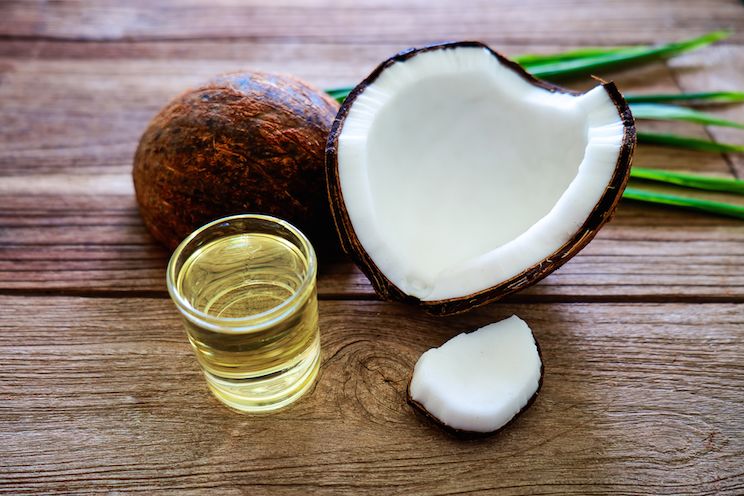
also help whiten teeth.
Oil pulling is simple and easy: all you need is a tablespoon of coconut oil. As soon as you wake up (before brushing your teeth), swish the oil around in your mouth for 20 minutes. You may want to do this while you shower or get ready.
Be careful not to swallow the oil because it will absorb the bad bacteria in your mouth (and the last place you want that bacteria to end up is in your stomach). Once you’re done swishing the oil, spit out the mixture in the toilet or sink, rinse, and follow with your usual brushing and flossing routine. You can do this every morning for best results.
The Bottom Line: Keep your teeth healthy by removing phytic acid from your diet, use a mineral toothpaste and try oil pulling.
(Read This Next: Teeth Whitening: 10 Easy, Natural Ways to Brighten Your Smile)



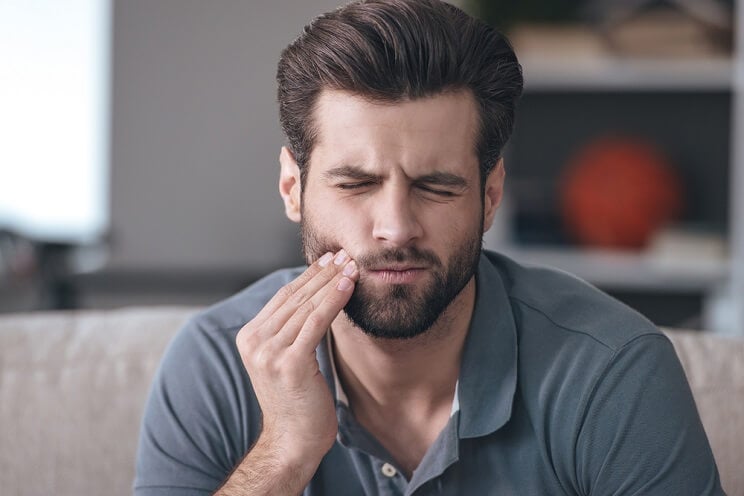
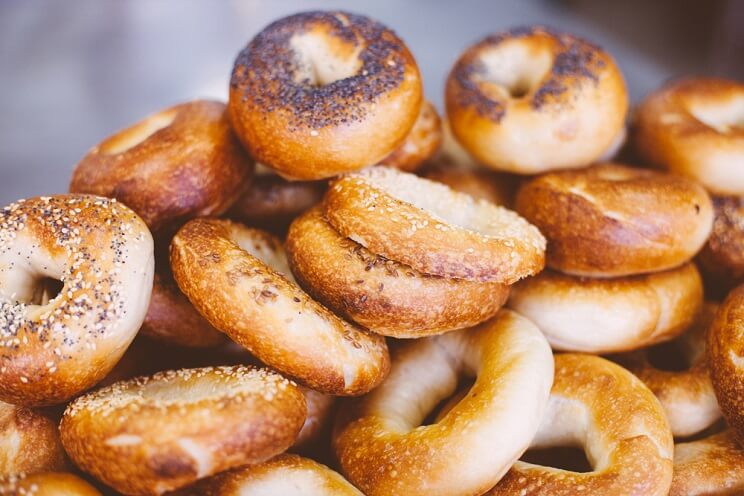
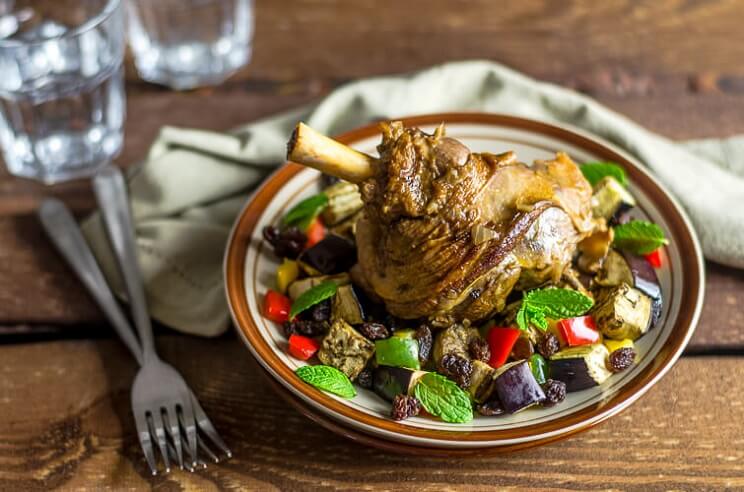
 Coconut Panna Cotta with Raspberry Sauce
Coconut Panna Cotta with Raspberry Sauce

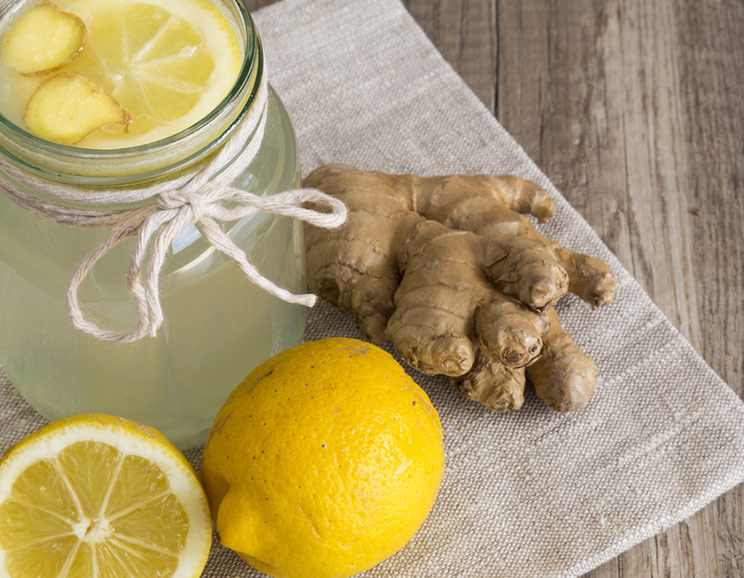


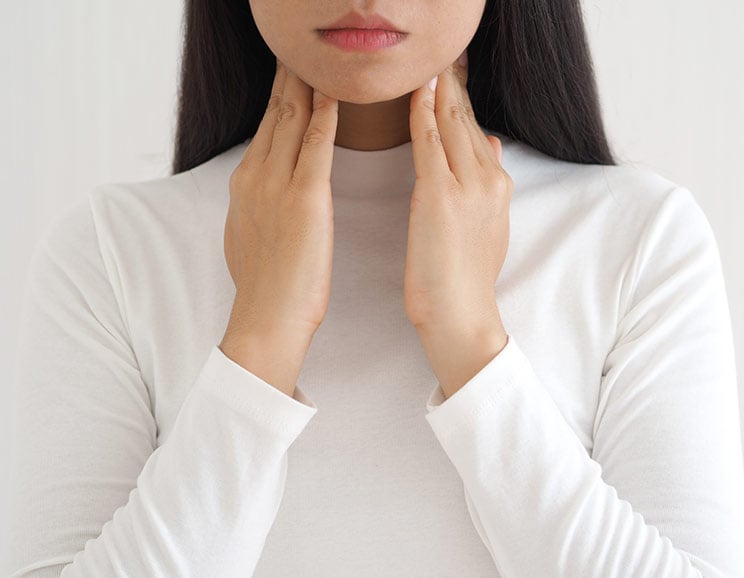

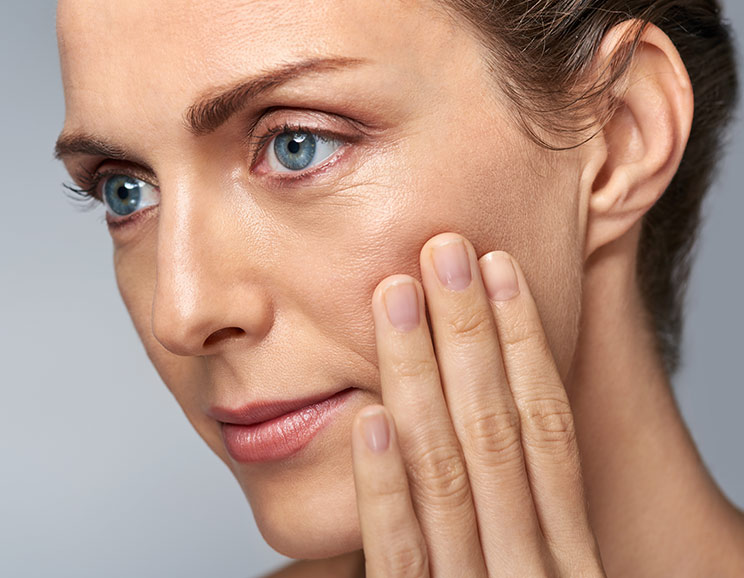


Show Comments